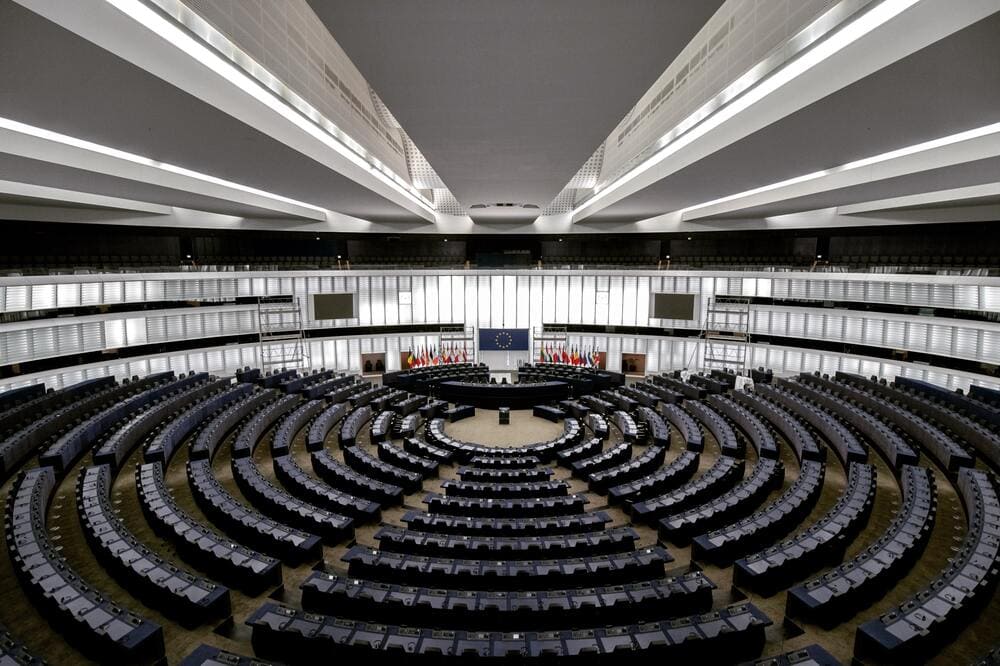Regulatory Compliance Journal
2 articles matching ESMA tag
How can criminology help us understand white collar crime?
Though rare in corporate or finance environments, criminology offers valuable insights. Despite "white-collar crime" often costing more than street crime, society tends to overlook it. Analyzing corporate misconduct through a crimilogical lens reveals the dynamics of deceit, power, and ...
- 10 min read
Financial greenwashing: the dark links between green bonds and corruption.
Faced with the urgent challenge of climate change, green bonds are emerging as an innovative response to finance sustainable projects and encourage the transition to an environmentally friendly economy. However, the persistent threat of corruption undermines these well-intentioned initiatives, ...
- 11 min read
What can be done to improve the efficiency of AML fines?
The heavy fines imposed on financial institutions for AML deficiencies over the years have frequently fallen short in achieving their goals. This inefficiency is manifest in the repeat offending of such banks, the heavy burden it places on them, and the lack of improvement in the AML system. A ...
- 11 min read
How effective are AML fines?
Considered a strong deterrent against financial crime, AML fines seem to be little more than symbolic slaps on the wrist for financial institutions with vast pockets. With trillions of dollars being freely laundered every year and ambiguous structural changes required to effectively combat mone...
- 9 min read
How are charities used for money laundering?
As funds flow into the hands of charities, an unsettling question arises: is your donation inadvertently fueling money laundering activities? While the noble intentions behind charitable giving inspires positive change, criminals have exploited the realm of benevolence, using it as a strategic ...
- 9 min read
Looking for Regulatory Watch Newsletter?
More work
What are the EU's Anti-Money Laundering Directives?
5AMLD, 6AMLD, AML, Anti Money Laundering, Compliance, Compliance expert, Consultant, EU, Europe, European Commission, European Court of Justice, Financial Institutions, Money Laundering, Politically Exposed Persons,Since 1991, the European Union has regularly updated and released new anti-money laundering directives to adapt to and be able to fight new money laundering and terrorist financing techniques (e.g.: MiCA to regulate crypto-currencies). Today, moder...
How are charities used for money laundering?
AML, Anti Money Laundering, Cryptocurrencies, Due Diligence, Ethics, Financial Sanctions, Know your Customer, KYC, Money Laundering, Red Flags, Terrorism Financing,As funds flow into the hands of charities, an unsettling question arises: is your donation inadvertently fueling money laundering activities? While the noble intentions behind charitable giving inspires positive change, criminals have exploited the r...
EU proposals: cross-border distribution of investment funds
UCITS, AIFs, Capital Markets Union, ESMA, European Commission, EU, MIFID, Investment Funds, MiFID2,A Proposal for a Directive which will amend, the Directive 2009/65/EC (UCITS IV Directive) and the Directive 2011/61/EU (AIFMD), was adopted on 12 March 2018 by the European Commission. The aim of the new Directive will be to facilitate the cross-bo...






-806688168.jpg)







